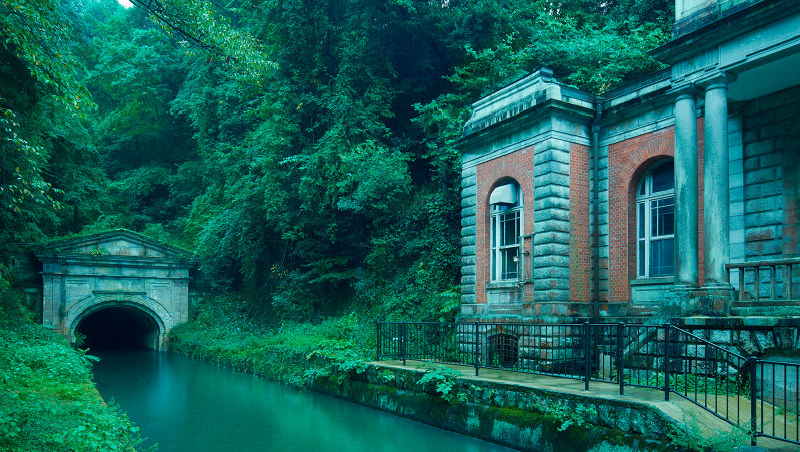The Japan Heritage
The Japan Heritage
The "Japan Heritage" refers to stories designated by the Agency for Cultural Affairs that narrate the customs and traditions of various regions of Japan through their historical attractions and characteristics.
The "Japan Heritage" aims to revitalize local communities by comprehensively utilizing their attractive tangible and intangible cultural properties. These are indispensable for narrating the stories, and they promote their appeal both within Japan and abroad.

Difference from World Heritage and Designated Cultural Property
Emphasis in registration for World Heritage or designation as a cultural property is focused on assessing the value of the cultural property (or heritage) to be registered or designated, and protecting the said cultural property (Preservation of each property as a ‘Site’).
On the other hand, Japan Heritage does not aim to estimate value or establish new regulations for the preservation of existing cultural properties. Instead, it aims to utilize in a cohesive manner, heritage sites (cultural properties) dotted around a region, publicize them as a cohesive story so as to help revitalize the local communities (Utilization of the ‘Site’).

Utilization and promotion of
regional cultural properties
Focus is on “Site Utilization”
Publicizing regional cultural properties bound together as a group in a cohesive manner
Local branding promotion and
regional identity recognition
Lake Biwa Canal: Designated as Japan Heritage
The story entitled “The Lake Biwa Canal: The Canal of Hope Connecting Kyoto and Otsu―Walk and boat along the canal to experience a day in the Meiji Era” was designated as Japan Heritage in June 2020.
Summary of the Story
- ○If you take a boat on the Lake Biwa Canal, or walk along the canal, you will discover the veiled attractiveness of Kyoto and Otsu that have derived from the great achievements made during the Meiji Era (1868-1912).
- ○During the Meiji Era, people in Kyoto had to overcome many challenges and difficulties to complete construction of the Lake Biwa Canal. An abundant flow of water brought from the canal led to the economic, industrial and cultural development of the city.
- ○The Lake Biwa Canal, connecting Kyoto and Otsu, is still actively in use today. Enriching the lives of the people in these modern times, the great achievement made by people of the Meiji Era still plays an important role in the region.
Main Cultural Properties of the Story
A total of 40 scenic spots and historic remains
Highlights of the Lake Biwa Canal



